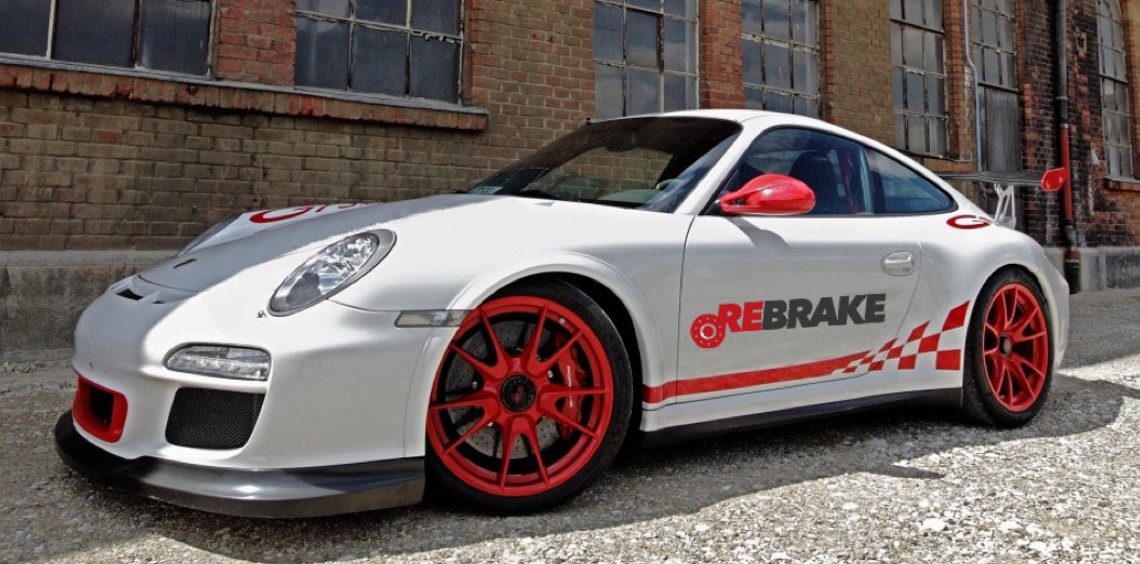
When brake disks made from carbon ceramic are worn down they can be repaired with ease
Carbon ceramic brake disks are predominantly used in top class models made by Ferrari, Audi, Porsche, Mercedes or Lamborghini. Experts think that the highly efficient ceramic brakes will also win over the mid-range market, bit by bit. The advantages are clear. Ceramic brake disks ensure a noticeably shorter braking distance, are only around half as heavy as grey cast iron, and have a life expectancy almost four times as long than inferior brake types. The environmental aspect is becoming ever more important. Ceramic brake disks experience very low wear, regardless of surface moisture and temperature. As a top-of-the-range braking system they produce much less friction and mainly only fine dust.
Ceramic brake disks – when value, durability, and efficiency are important
Ceramic brake disks are made from carbon ceramic, a compound material reinforced with carbon fibres. The material (“carbon fibre-reinforced silicon carbide”) is not only used in braking systems for sports cars or limousines on the luxury market where value, durability, and efficiency play a particularly important role. The material is particularly prized by astronautic engineers, for example, when they need to protect landing capsules from high temperatures as they re-enter the earth’s atmosphere. In addition, the issue of weight economisation plays a highly decisive role in air and space travel. Ceramic brake discs are expensive but very often contribute to a long car life. Manufacturers suggest a mileage of up to 300,000 km.
Making ceramic brake discs as good as new at low cost
For sporty driving styles, however, wear can appear a little earlier. Wear and tear on the surface make repair or replacement necessary. With the REBRAKE Restoration Service from FOXX Automotive, worn out ceramic brake disks can be made as good as new for little cost. It doesn’t matter which manufacturer produced the brake disk or how big it is. As might be imagined, the repair of a worn brake disk made from carbon ceramic is simple. The tried and tested procedure is precise and sophisticated. After an entrance test used to establish if the ceramic brake disk can be restored, the surface is milled down and replaced with new material. Using infiltration with polymer material and subsequent pyrolysis at 1,100 degrees Celsius, precisely the right amount of material is added for the brake disk’s target weight to be reached. The restored ceramic brake disk will have at least the same characteristics as on fresh out of the factory. Based on the increased hardness of the surface it may even last for longer and have better characteristics than a new ceramic brake disk.
